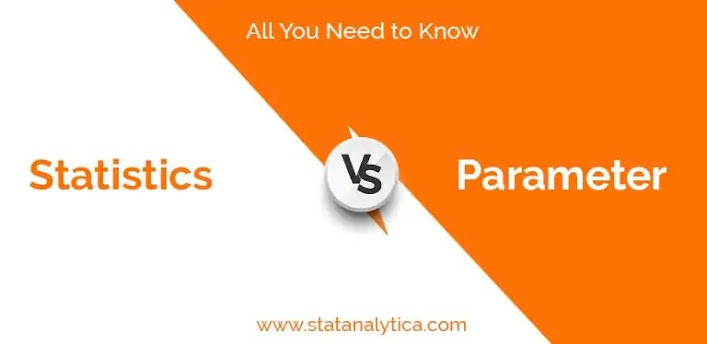The phrases statistics and parameters are used to determine the value of a specific sample size. However, some students struggle to understand the concepts of statistics vs parameter. As a result, it is vital to comprehend the fundamental distinction between these two concepts. Both terms may appear to be synonymous, but there is a distinction between them since a parameter takes into account every individual who is a member of the entire group. Statistics, on the other hand, is concerned with the data obtained from the specified samples while ignoring the appearance of the rest of the community. Continue reading this post if you still have trouble grasping these two words.
What are the parameters?
Before we go into the statistics vs parameter debate, let's first define what the parameters and statistics are. A parameter indicates the general features of the population. The features could be the data's median, mean, or mode. That is deduced from the components taken as a whole. In this case, the term "population" might refer to any unit that consists of a well-known character. And is pertinent to the study's characteristics.
Parameter example
If you want to know how much protein is in the daily diet of high school students at a specific school. Then, without leaving out a single unit in the population, you must consider each and every student at the school. Another example of a parameter is the number of accidents that occur at a specific hospital over a given period of time. In such instances, it is impossible to miss every unit of this accounted population.
What are the statistics?
Statistics, like a parameter, is used to consider a sample of the entire population. It could be a random sample or the result of a few predetermined factors. They are used to choose the sample. In statistics, however, each unit of the population does not need to be considered. However, the size of the offered sample must be large enough to assure the accuracy of the information obtained. Statistics are utilised when it is necessary to collect data from a wide number of populations for which a single unit is not precise enough to hold accountable. To improve the accuracy of statistics, one must rely on past data and analytical methods such as standard deviation and variance.
Statistical example
A number of people believe that metro trains are more handy than local trains for getting to work. However, it may not be possible to ask each and every person for their personal viewpoint. As a result, the total opinion is taken into account. And the remaining info is obtained from the displayed patterns. Another example of statistics is that a certain number of people prefer to walk in the evening. Again, it is impossible to ask individuals if they like it or not; hence, it is accounted for as massive data collected across a wide area. As a result, it is preferable to solicit feedback from a specific sample population.
Statistics vs Parameter
Statistics
It is used to generate the actual output based on specific characteristics.
Statistics is not ideal for big amounts of data, especially if not all of the units are used.
The outcomes are determined by parameters that are constantly constant.
It needs additional time to collect the data of the survey.
The price of the survey rises as a result of statistics.
In the survey, it is less reliable.
Parameter
It is used to create the best possible estimated outcome for a given set of parameters.
Even if you are not locating the overall units, the parameter is more convenient for large-range data.
Statistics results are accountable for modifying the size of a specific population.
When opposed to statistics, collecting survey data takes less time.
A survey does not require a large sum of money to be carried out by Parameter.
The survey is more dependable.
Conclusion
This blog has provided all of the relevant statistics vs parameter information. With its examples, it provides the definition of parameters and statistics homework help. Aside from that, this post contains a table that distinguishes both phrases; it also clarifies that while both terms may appear similar, there are differences between them. As a result, this table assists you in understanding those distinctions and remembering all of the notations that you use when addressing statistics questions.

Comments
Post a Comment